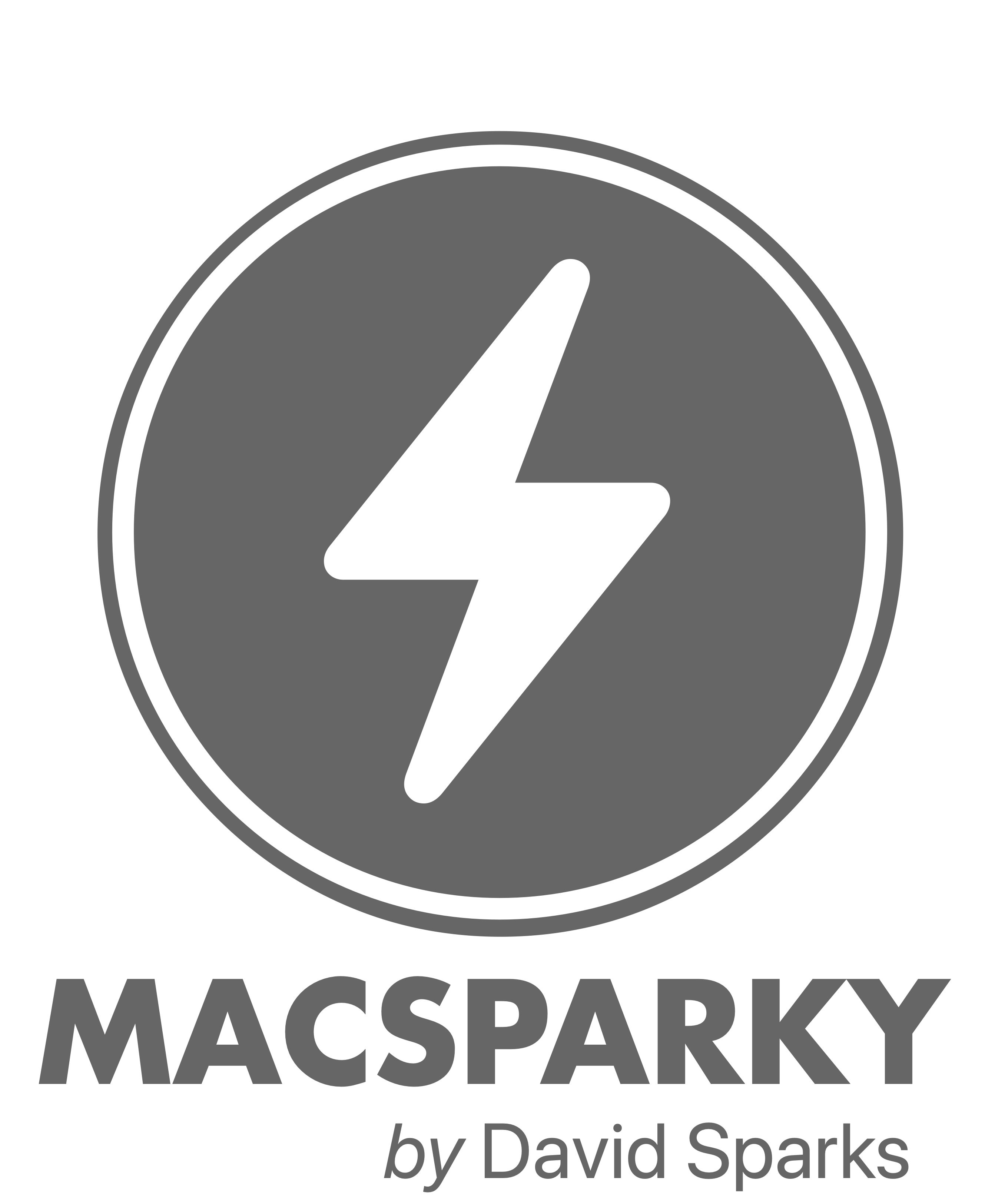Yesterday Apple released a new MagSafe Battery Pack for the iPhone 12 and iPhone 12 Pro. This product has been rumored for some time. I’m glad to see it released, even if it is nearly 10 months after the iPhone 12 release. (Although I expect this battery will work with future MagSafe iPhones.) For $99, the MagSafe battery will snap onto the back of your iPhone 12 and it will charge up. It comes in any color you want, so long as that color is white.
It’s not the biggest battery you can buy and the charging speed will be slower than a cable-based solution. The big win is convenience. You can put one of these in your bag or pocket and then just pull it out and snap it on. I’ve been going out more lately and suddenly I have a need for an external battery again. Although, I really don’t dig that thing where I’m walking around in public with my iPhone tethered to a battery in my pocket or having to remember to stop and charge at every meal.
So for $99, you are not getting the biggest or the fastest battery, but you are getting the most convenient external battery you can own. Just take it out and snap it on. No cables are necessary. I’ve ordered one.
Anker has a less expensive MagSafe-friendly solution, but with that, you don’t get charging status on the phone or the ability to reverse charge the battery by plugging the phone in with the battery attached.






